Shoulder arthroplasty
Total Shoulder Replacement
Dr. Ratner is an expert at minimally invasive Anatomic and Reverse Total Shoulder Replacements using Advanced Surgical Techniques.
Total shoulder Replacement
with Dr. Drew RatNer
Total shoulder replacement—also called shoulder arthroplasty—is a surgical procedure in which damaged parts of the shoulder joint are replaced with artificial implants. This surgery is designed to reduce chronic pain, restore function, and improve quality of life for patients with severe shoulder arthritis, complex fractures, or irreparable tendon damage.
At American Orthopedics, Dr. Drew Ratner performs both anatomic and reverse shoulder replacements using advanced technology, including computer navigation, to ensure precise results and better outcomes.
"Shoulder replacement is a powerful procedure when done right. With computer planning and advanced surgical techniques, we’re able to give patients long-lasting pain relief and restore mobility that many thought was lost forever."
- Dr. Drew Ratner, MD, Board-Certified Orthopedic Surgeon
Actual patient experience
Actual patient experience.
Reverse Total Shoulder for Rotator Cuff Arthropathy
Patient of Dr. Ratner.
Before

After
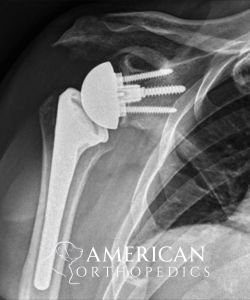
Actual patient experience
Actual patient experience.
Total Shoulder Replacement
Patient of Dr. Ratner.
Before
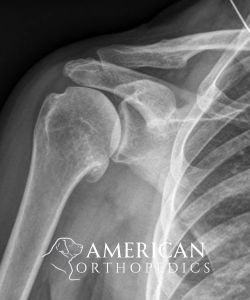
After
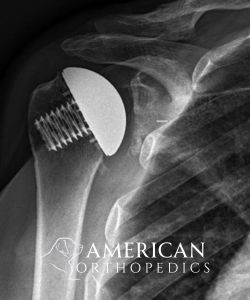
Actual patient experience
Actual patient experience.
Total Shoulder Replacement
Patient of Dr. Ratner.
Before
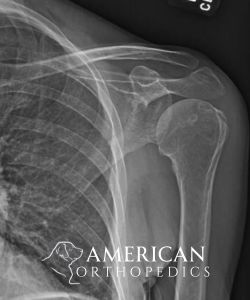
After
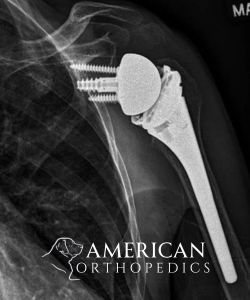
Why Patients Choose Dr. Ratner
The region’s most preferred orthopedic surgeon
Choosing the right surgeon for shoulder replacement can make all the difference. Dr. Ratner’s advanced training, technology, and personal approach provide patients with confidence and results they can feel.
If shoulder pain is limiting your life, total shoulder replacement may be the solution. With advanced surgical planning and compassionate care, Dr. Drew Ratner helps patients regain strength, motion, and confidence.




1. Expertise in Both Anatomic and Reverse Techniques
Dr. Ratner is highly experienced in both TSA and rTSA procedures, allowing him to tailor the approach to your specific condition and goals.
2. Advanced Technology for Optimal Outcomes
Dr. Ratner uses computer navigation on most shoulder replacements to maximize precision and improve the long-term success of your surgery.
3. Personalized, Start-to-Finish Care
At American Orthopedics, you’ll be cared for by Dr. Ratner throughout your journey—from consultation through post-op recovery—with no handoffs or impersonal treatment.
How the procedure works.
The shoulder joint is a ball-and-socket joint made up of the humeral head (ball) and the glenoid (socket). In total shoulder arthroplasty, these components are replaced with prosthetic parts designed to mimic natural movement. Depending on your condition, Dr. Ratner will perform one of two procedures:
- Anatomic Total Shoulder Replacement (TSA): Both the ball and socket are replaced with implants that closely replicate normal anatomy. This option is ideal for patients with good bone structure and an intact rotator cuff.
- Reverse Total Shoulder Replacement (rTSA): The normal anatomy is reversed, with a ball placed on the shoulder blade and a socket on the arm bone. This approach allows the deltoid muscle to power the shoulder in cases where the rotator cuff is severely damaged or torn.
Using advanced imaging and computer planning, Dr. Ratner carefully plans each case to ensure the best implant type, positioning, and fit for your anatomy.
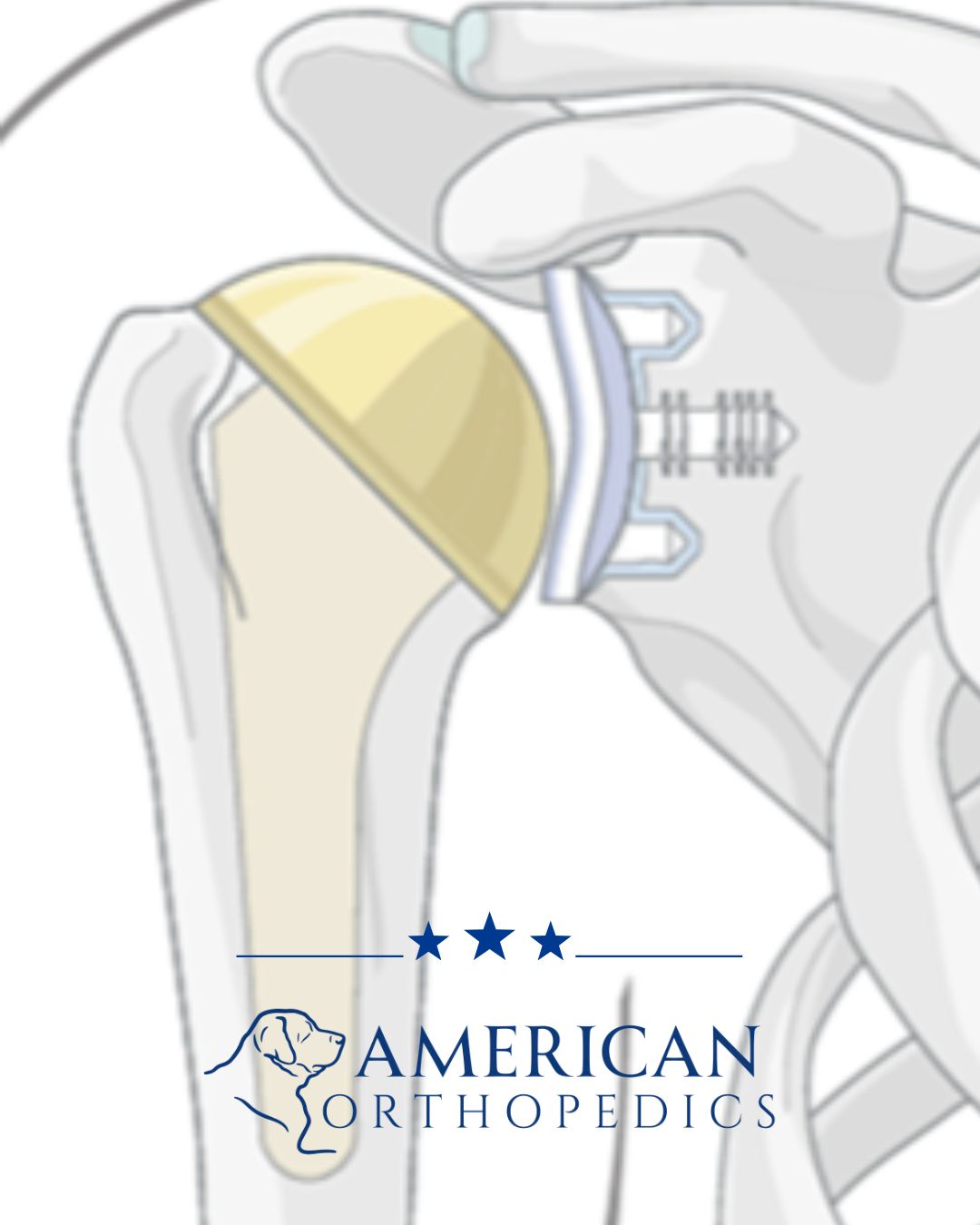
Who Is a Candidate?
Shoulder replacement surgery is typically recommended when conservative treatments have failed and shoulder pain or dysfunction is affecting your quality of life. You may be a candidate if you have:
- Severe shoulder arthritis (osteoarthritis or post-traumatic arthritis)
- Inflammatory conditions like rheumatoid arthritis
- Complex or displaced fractures of the proximal humerus
- Irreparable rotator cuff tears or rotator cuff arthropathy
- Avascular necrosis (osteonecrosis) of the humeral head
- Failed previous shoulder surgeries
Benefits of Total Shoulder Replacement
Shoulder arthroplasty can offer dramatic improvements in comfort and function. Some of the key benefits include:
- Significant Pain Relief: Most patients report a substantial decrease or complete resolution of shoulder pain.
- Restored Range of Motion: Many regain the ability to lift, reach, and rotate the arm more comfortably.
- Improved Strength and Function: Activities like dressing, grooming, lifting objects, or playing sports become easier and safer.
- Better Quality of Life: Patients are able to return to daily activities, hobbies, and work with confidence.
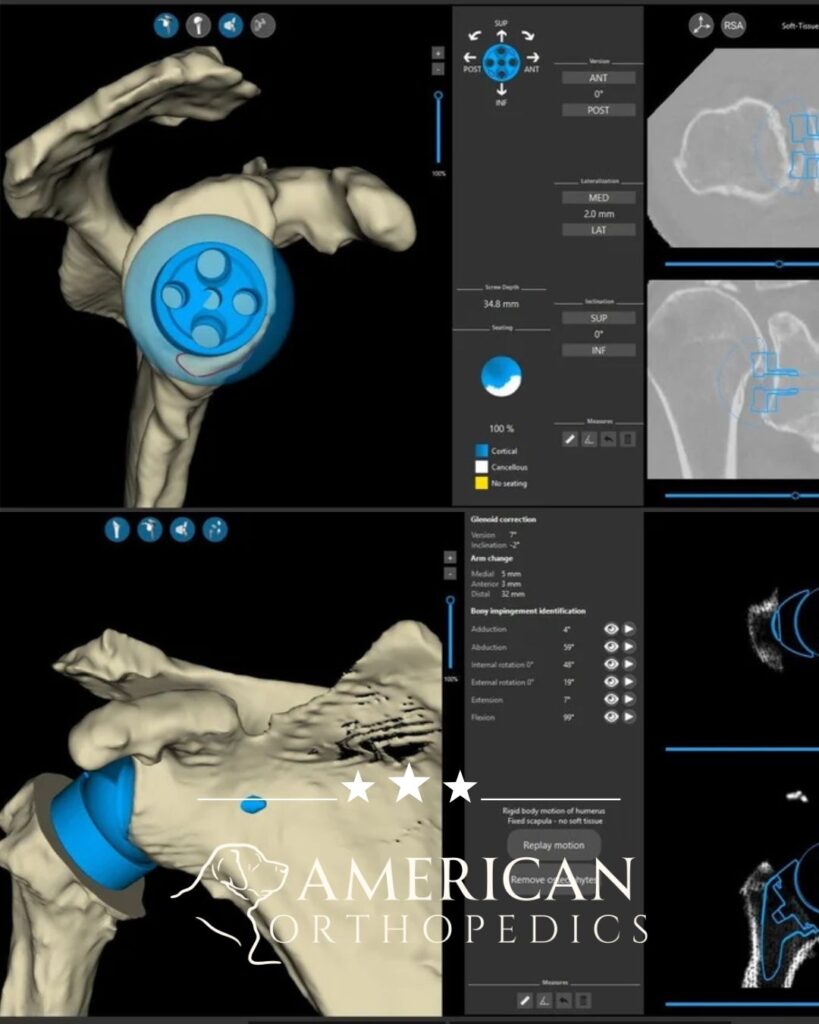
ADvanced 3D Techniques
Why Computer Navigation Matters
Dr. Ratner uses computer-assisted planning and navigation on most total shoulder replacements. This advanced technology improves surgical accuracy, enhances implant longevity, and is especially helpful for patients with complex anatomy or severe bone loss.
What It Is:
Computer navigation uses detailed 3D imaging from a CT scan to create a virtual model of your shoulder. Dr. Ratner uses this model to plan the surgery in advance—deciding on the best implant size, position, and angle. During the operation, navigation tools guide the placement of the implants in real time, increasing precision down to the millimeter.
Benefits of Computer-Navigated Shoulder Replacement:
- Improved Implant Positioning: Optimizes alignment and fit of components to reduce the risk of loosening or dislocation.
- Customized Surgical Plan: Tailored to your anatomy—especially helpful in cases with deformities, bone loss, or previous surgery.
- Better Biomechanics: Restores shoulder mechanics to enhance motion, comfort, and stability.
- Increased Implant Longevity: Precise placement reduces wear and stress, potentially extending the life of your implant.
- Reduced Complication Rates: Accurate placement reduces risk of issues like scapular notching or malalignment.
Computer navigation is particularly beneficial for reverse shoulder replacements, where accurate glenoid (socket) positioning and screw fixation are crucial.
What to Expect
Experience advance care at American Orthopedics.
1. Your consultation
At your consultation with Dr. Ratner, you'll receive a comprehensive evaluation that includes:
- Review of your symptoms and history
- Physical examination of shoulder motion and strength
-Imaging such as X-rays, CT, and MRI scan to assess joint damage
- A detailed explanation of your diagnosis and treatment options
If shoulder replacement is appropriate, Dr. Ratner will guide you through your surgical plan, explain the difference between anatomic and reverse replacements, and answer all your questions.
2. The Procedure
Total shoulder replacement is performed under general anesthesia or a regional nerve block. The procedure typically takes about 30-60 minutes and is done at a surgical center or hospital.
After the incision is made, Dr. Ratner removes the damaged parts of the joint and implants custom-selected prosthetic components. If computer navigation is used, it provides real-time feedback to ensure ideal positioning of the implants.
Most patients go home the next day and begin recovery with a tailored plan for healing and rehabilitation.
3. After Surgery
- Day 1–2: Your arm will be in a sling, and pain is managed with medications and/or a nerve block.
- Week 1–3: Gentle range-of-motion exercises begin, guided by your therapy plan. Can come out of sling and perform light daily activities.
- Week 4–8: Progressive strengthening and stretching exercises are introduced. Can begin driving
- 3–6 Months: Most patients return to work, sports, or physical activity with improved comfort and function.
Recovery timelines vary based on your procedure type (TSA vs. rTSA) and your personal goals.
Advanced care for maxium results & comfort
Total Shoulder Replacement Recovery Tips
Wear Your Sling
Wear your sling as directed, especially during sleep or activities that could strain the joint.
Limit Certain Movements
Avoid pushing, lifting, or rotating the arm until cleared by Dr. Ratner.
Clean Incision Area
Keep your surgical incision clean and monitor for signs of infection.
Stay Mobile
Stay mobile with walking and light exercise to promote healing.
Recovery is a gradual process—but with Dr. Ratner’s guidance, most patients return to a high level of function and comfort.
